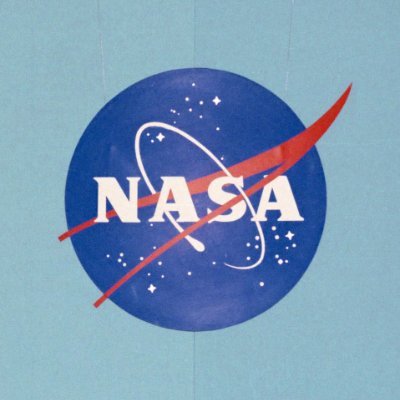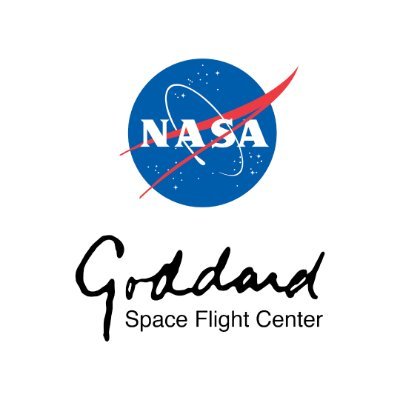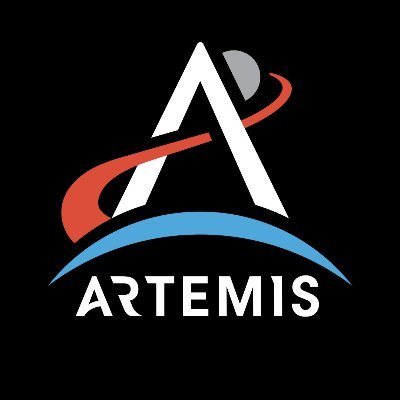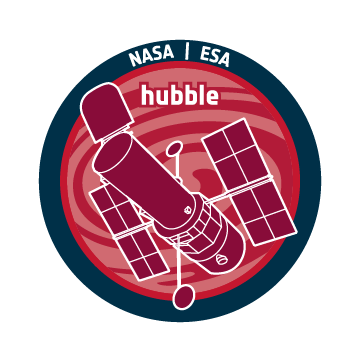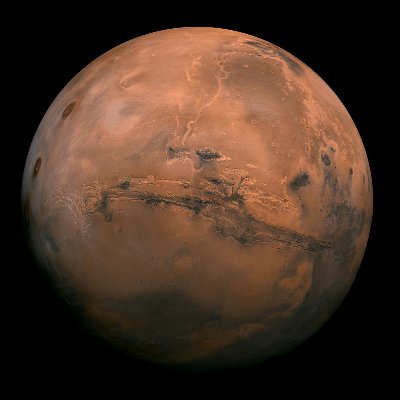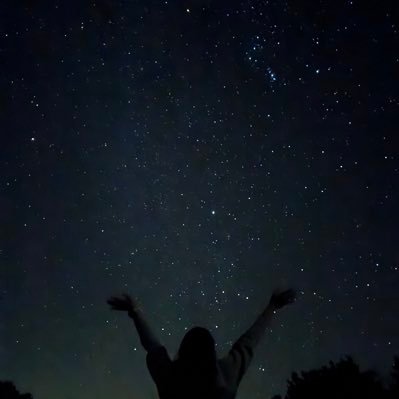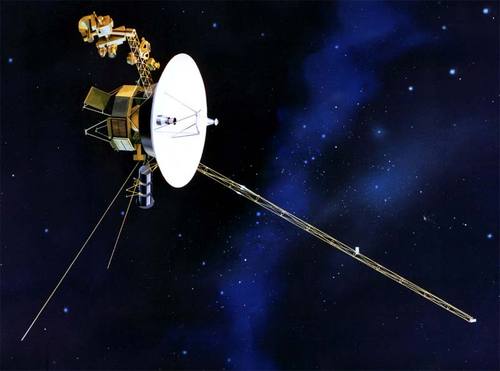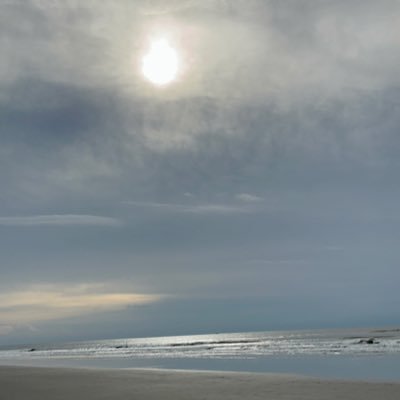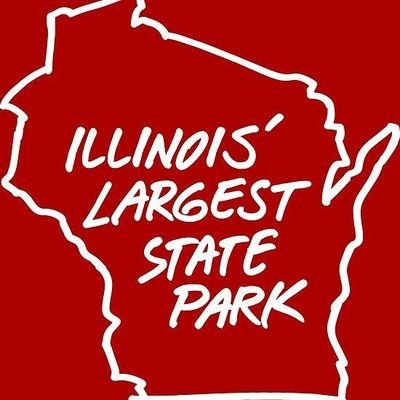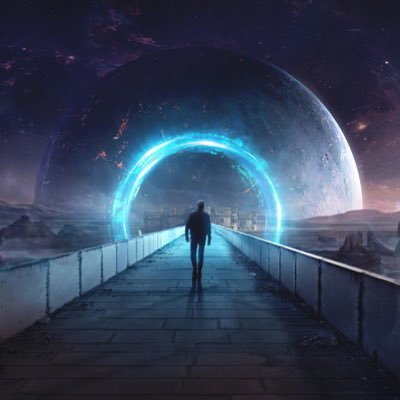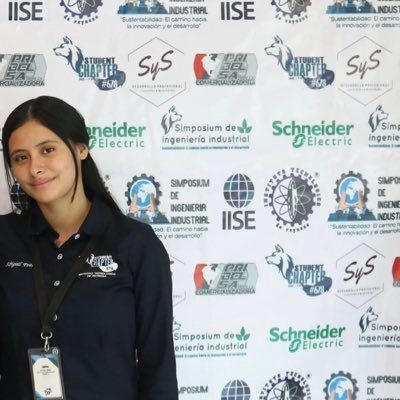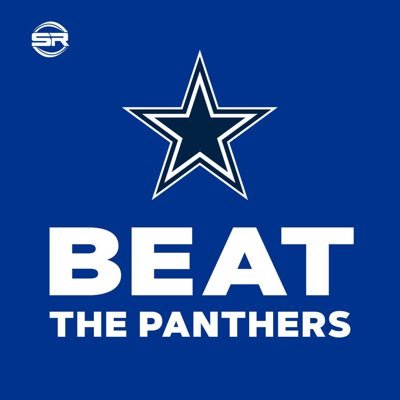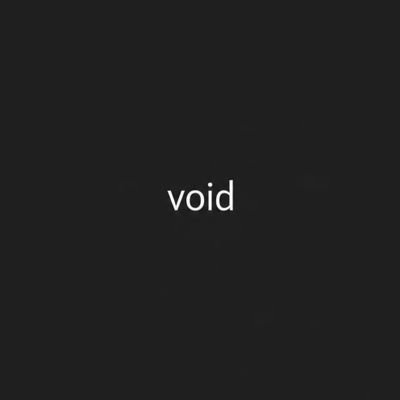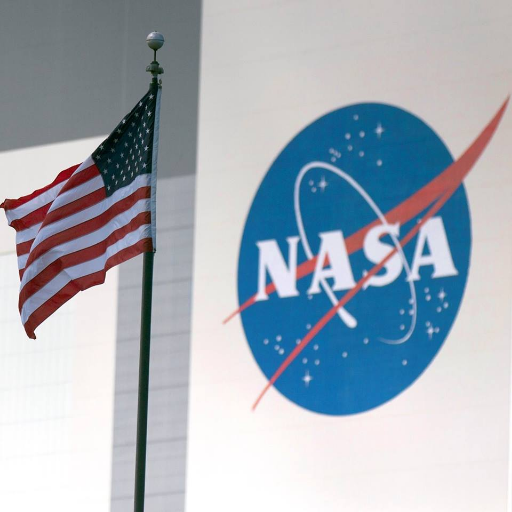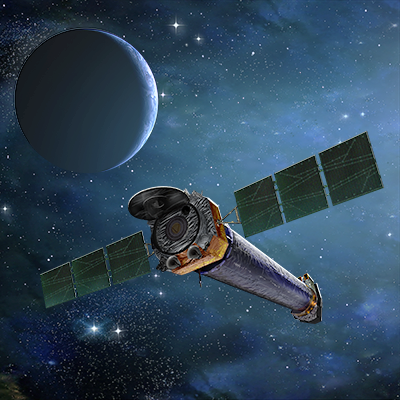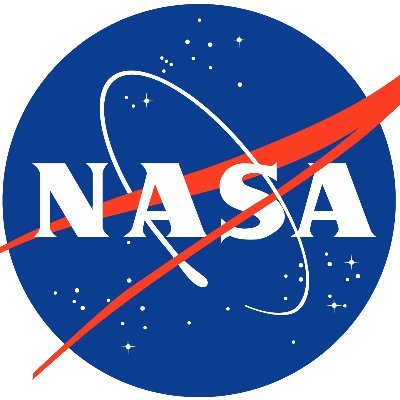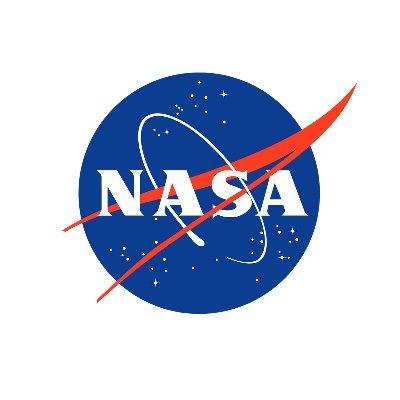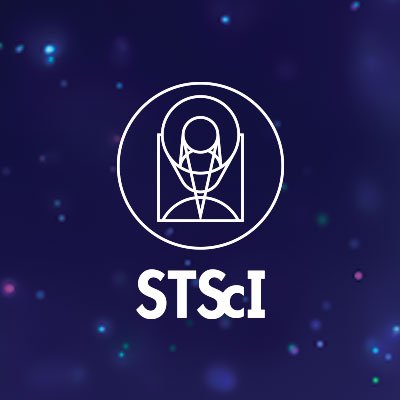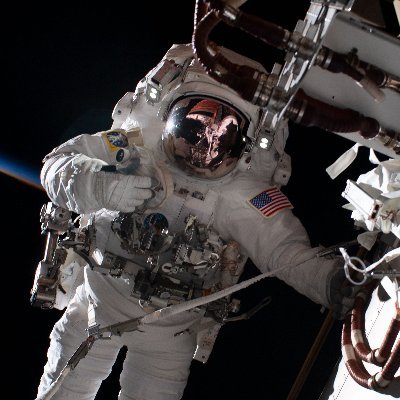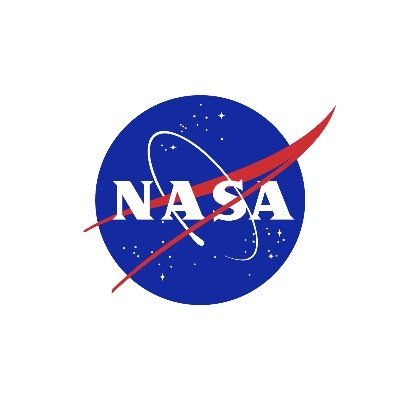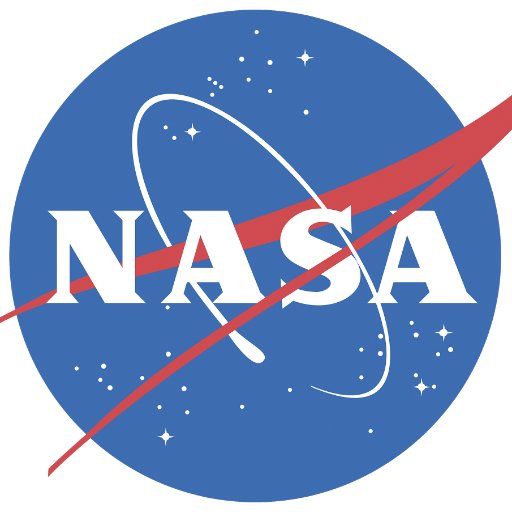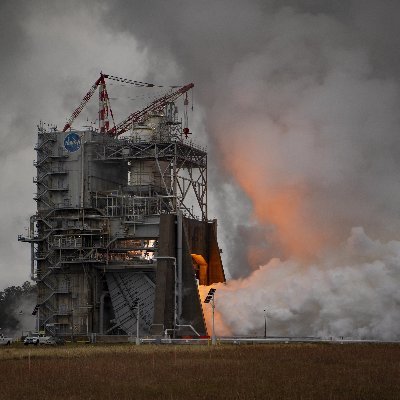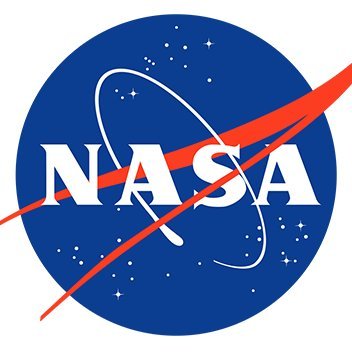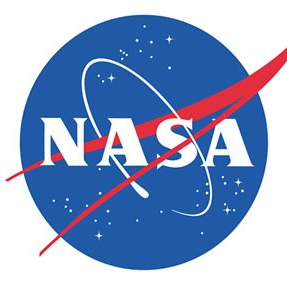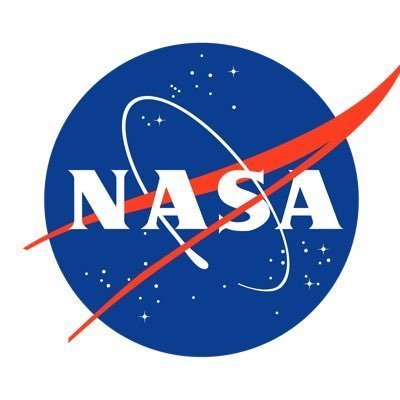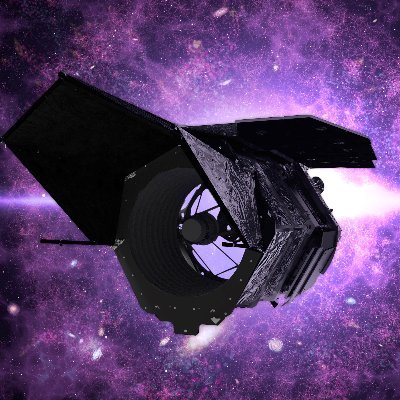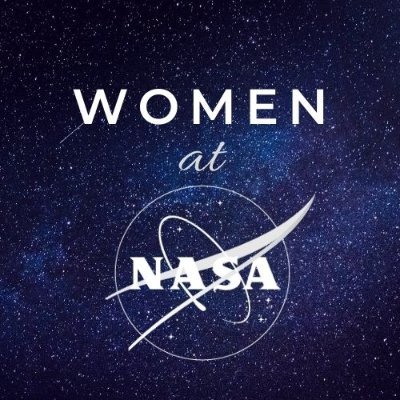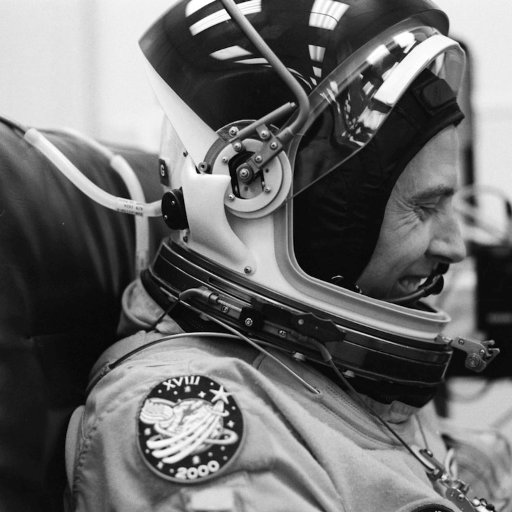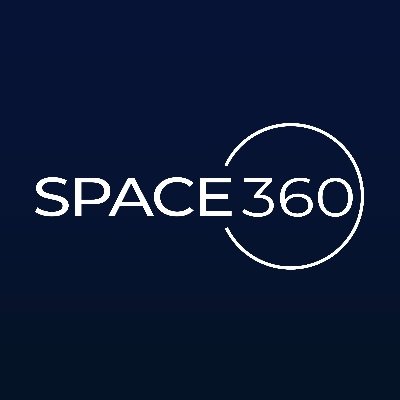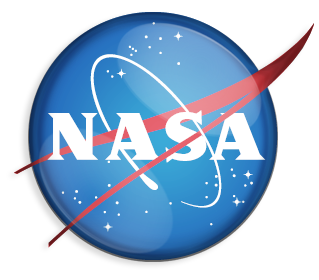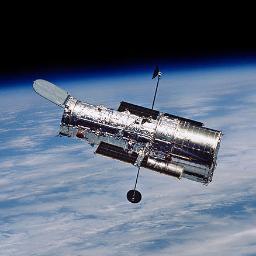
Hubble
@NASAHubble
The official X account for the NASA Hubble Space Telescope, managed and operated by NASA's Goddard Space Flight Center.
내가 좋아할 만한 콘텐츠
UGC 4879 is one of a kind! Classified as an irregular dwarf galaxy, UGC 4879 is a bit smaller and messier than its cosmic cousins, like spiral and elliptical galaxies. Its nearest neighbor is about 2.3 million light-years away, making it pretty isolated: go.nasa.gov/482mbPQ

Another month of Hubble's Night Sky Challenge awaits! 🔭 October's list of cosmic targets just dropped: go.nasa.gov/429DpqR Compare your views to Hubble's, like the ones here. Or, find a star party to join: go.nasa.gov/46THXEc
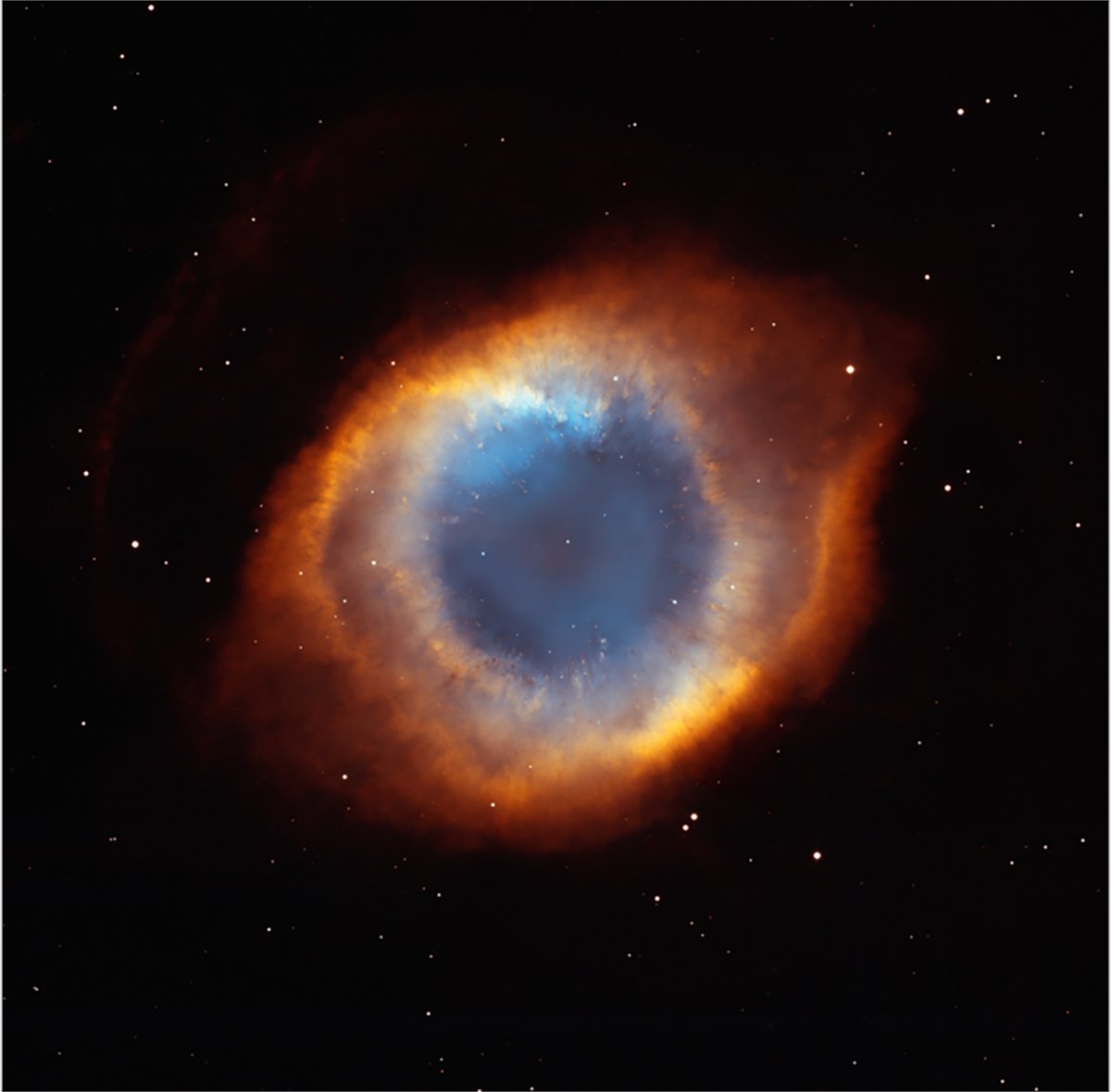
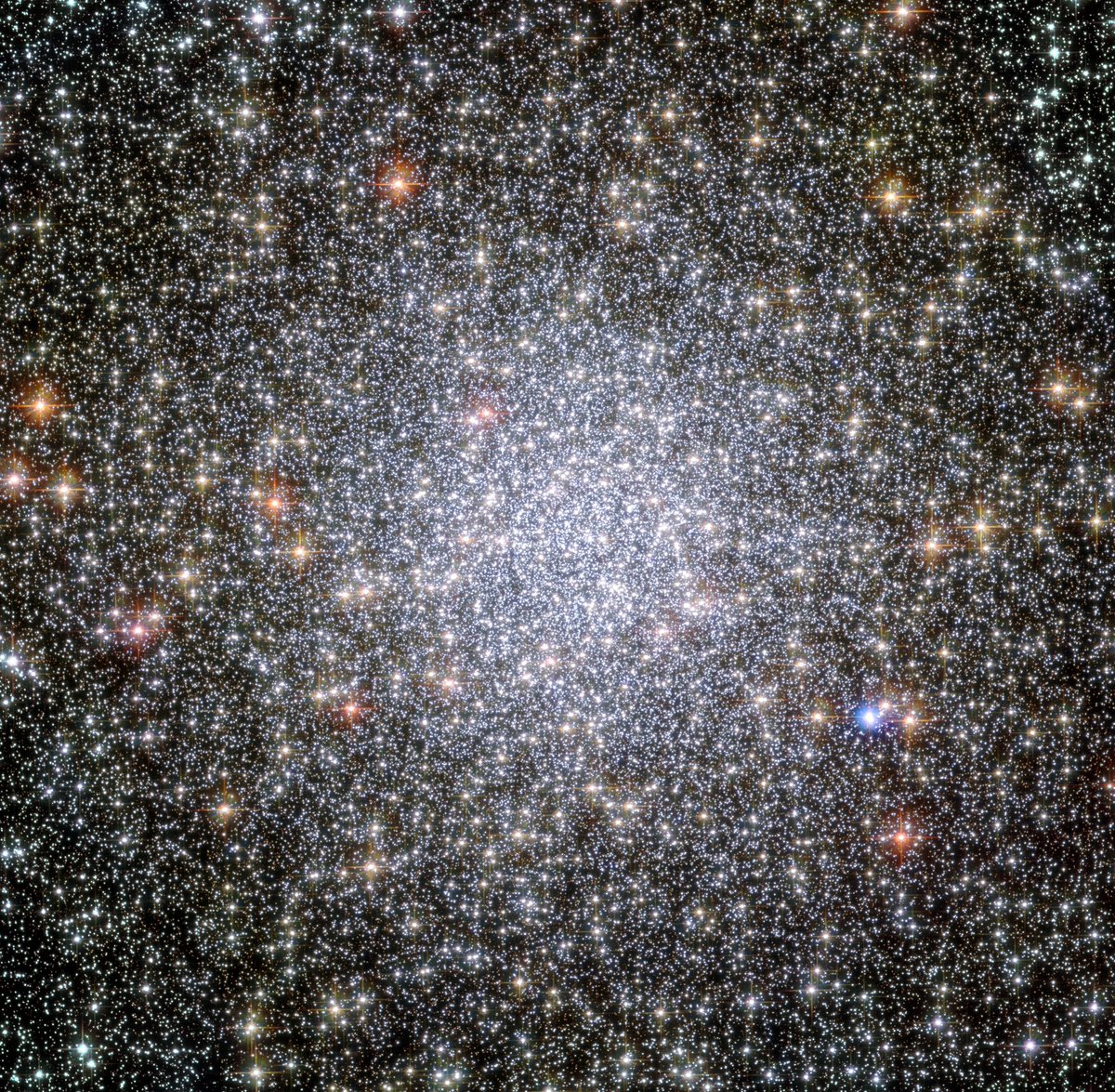
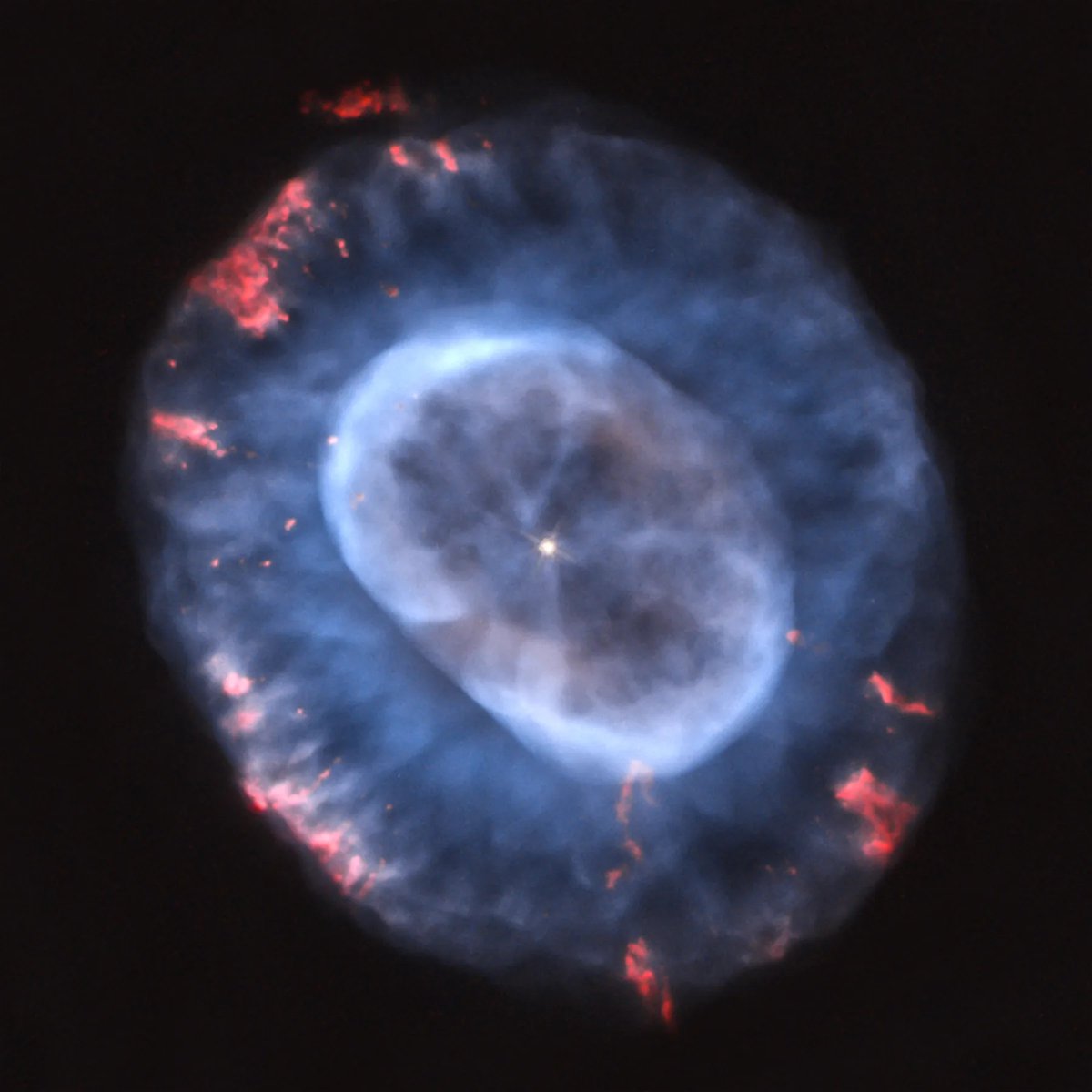
NGC 2775 is difficult to define. The galaxy in this #HubbleFriday image is home to a smooth center mostly devoid of gas, resembling an elliptical galaxy. But it also has a dusty ring with star clusters, like a spiral galaxy. So what is it? Find out here: go.nasa.gov/4gI7Rhu

Written in the stars 🌟 Hubble looked toward the constellation Sagittarius, unveiling a stunning scene of stars within our home galaxy, the Milky Way. Find out what we can learn about stars from their color and mass: go.nasa.gov/3VwF2eu

Smaug isn’t the only dragon in the sky. Draco is a circumpolar constellation that’s visible in the northern sky all year! Within this constellation's hoard is the Cat’s Eye Nebula, and the Spindle and Tadpole galaxies. go.nasa.gov/4pyMyTB

The Lagoon Nebula brings pumpkin spice vibes perfect for the first day of fall 🍂 In this image released 15 years ago today, the Hubble Space Telescope captured a view of ionized gas clouds in this star-forming region in the constellation Sagittarius. go.nasa.gov/4prVcU6
M82 has a star-powered heart! 🌟 Forming stars 10 times faster than our Milky Way, M82 contains "super" star clusters that each hold hundreds of thousands of stars. Find out more on this #HubbleFriday view: go.nasa.gov/47KTcjo

Snack time! 🍴 Hubble spotted a burned-out star eating a Pluto-like object. This "snack" is an object from the star system’s own version of the Kuiper Belt, which is an icy ring of debris that encircles our solar system: go.nasa.gov/41Z2bK8
New milestone alert! 🚨 When Hubble launched in 1990, there were no confirmed planets outside of our solar system. But now, NASA's tally of exoplanets has surpassed 6,000! Find out how Hubble helps study worlds beyond our solar system: science.nasa.gov/mission/hubble…
At our hearts, we are seekers, and today we celebrate a scientific milestone! Nearly 30 years after the first discovery of a world orbiting a Sun-like star beyond our solar system, @NASA’s Exoplanet Archive reached 6,000 confirmed exoplanets. 🎉 Read more:…
Bursting at the seams! Located about 50 million light-years away, NGC 3125 is classified as a starburst galaxy – meaning that an unusually high number of stars form here, springing to life within intensely hot clouds of gas. Read more: go.nasa.gov/4mhCkUU

The cloudy starscape seen in this week's #HubbleFriday view resides within the Large Magellanic Cloud, a nearby dwarf galaxy. This is N11, the galaxy’s second-largest star-forming region: go.nasa.gov/42uVi3h

The search for other worlds continues 🪐 NASA’s Habitable Worlds Observatory will draw on technologies from @NASAHubble, @NASAWebb, and @NASARoman to both search for planets like Earth outside the solar system and study cosmic objects near and far.
What does the aftermath of a supernova look like? These red filaments are the supernova remnant DEM L71, formed when a white dwarf star reached the end of its life and ripped itself apart, ejecting a superheated cloud of debris: go.nasa.gov/3JS86ui

There are thousands of newborn stars in the stellar nursery known as the Eagle Nebula. As its gas and dust come together to form stars, those very stars are also eroding away these towers. #MondayMotivation

NGC 7456 is keeping Hubble busy! The galaxy in this new #HubbleFriday view is home to plenty of stellar activity. Astronomers are using Hubble to track NGC 7456's new stars, clouds of hydrogen, and star clusters to learn how the galaxy evolved over time: go.nasa.gov/3JMvVDO

United States 트렌드
- 1. Diane Keaton 148K posts
- 2. Mateer 8,725 posts
- 3. #UFCRio 14.9K posts
- 4. Oregon 55.7K posts
- 5. Annie Hall 33.8K posts
- 6. Indiana 27.3K posts
- 7. #iufb 3,669 posts
- 8. Mendoza 15.5K posts
- 9. Drew Allar 1,385 posts
- 10. Northwestern 3,966 posts
- 11. Bama 16.8K posts
- 12. Tim Banks 1,018 posts
- 13. #HookEm 3,813 posts
- 14. Sark 3,407 posts
- 15. Arkansas 10.3K posts
- 16. Oklahoma 27.4K posts
- 17. Huntington Beach 7,541 posts
- 18. Baby Boom 3,154 posts
- 19. Hawkins 3,823 posts
- 20. Raiola 1,322 posts
내가 좋아할 만한 콘텐츠
-
 Bill Gates
Bill Gates
@BillGates -
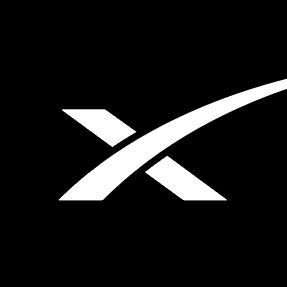 SpaceX
SpaceX
@SpaceX -
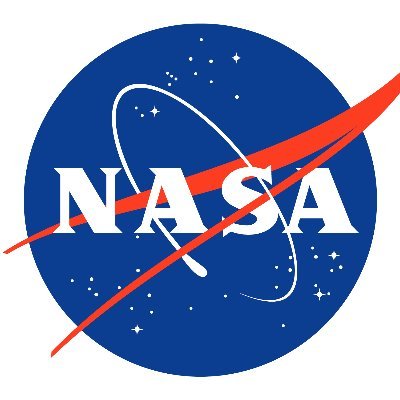 NASA
NASA
@NASA -
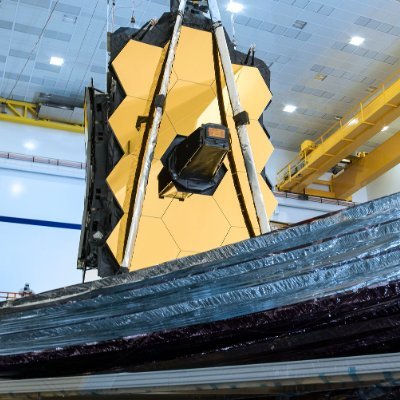 NASA Webb Telescope
NASA Webb Telescope
@NASAWebb -
 National Geographic
National Geographic
@NatGeo -
 International Space Station
International Space Station
@Space_Station -
 Tesla
Tesla
@Tesla -
 Neil deGrasse Tyson
Neil deGrasse Tyson
@neiltyson -
 Science News
Science News
@ScienceNews -
 NASA Solar System
NASA Solar System
@NASASolarSystem -
 NASA Earth
NASA Earth
@NASAEarth -
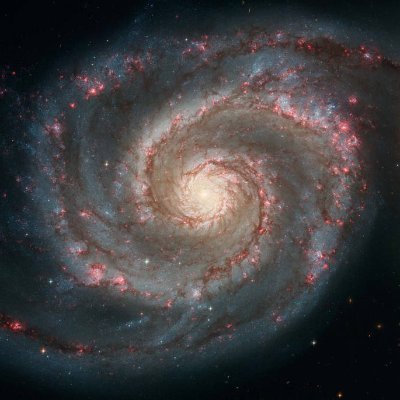 NASA Universe
NASA Universe
@NASAUniverse -
 NASA Technology
NASA Technology
@NASA_Technology -
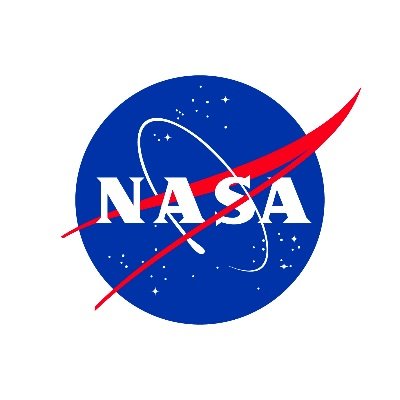 NASA Armstrong
NASA Armstrong
@NASAArmstrong -
 SPACE.com
SPACE.com
@SPACEdotcom
Something went wrong.
Something went wrong.
















